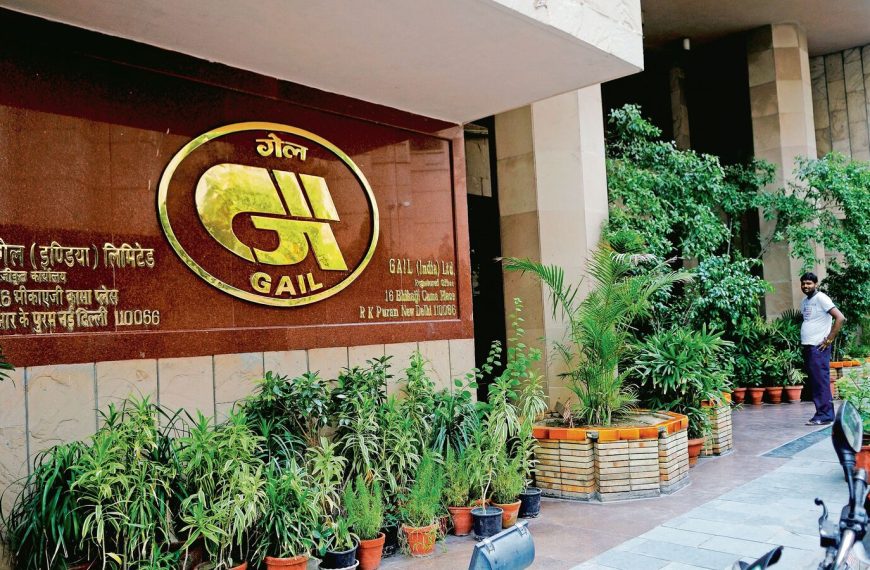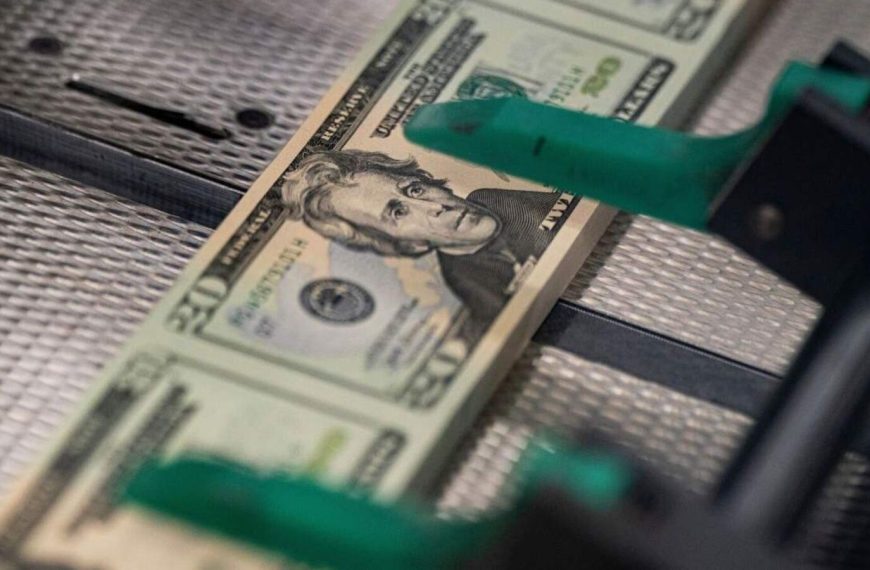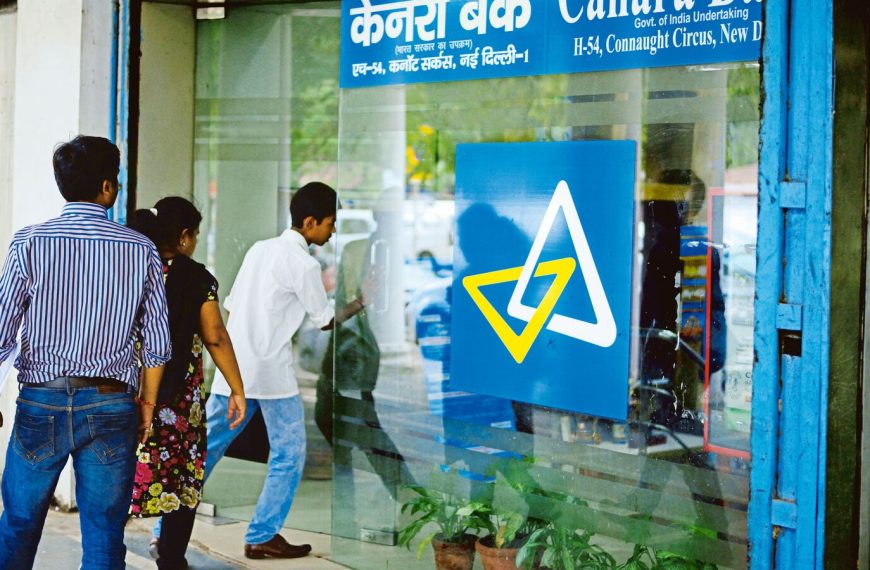Shares of Swiggy, the renowned food delivery platform, took a hit on Friday, April 25, plummeting 5.64% during intraday trading, ultimately reaching a one-week low of ₹321.40. This drop marked Swiggy’s most significant decline in a single day since February 14. The fluctuation in its stock price has been largely attributed to market speculation surrounding the looming exit of pre-IPO investors, whose lock-in period is set to conclude on May 12, 2025.
Impact of Lock-In Expiry on Swiggy’s Stock
Following the regulations set forth by SEBI, non-promoter pre-IPO shareholders are subject to a mandatory six-month lock-in period after their stock is listed. According to a recent report from JM Financial, an impressive 83% of Swiggy’s shares will become eligible for trading for the first time once the lock-in period ends. This change is expected to create a notable shift in the stock’s availability starting May 13.
- Key takeaways:
- 83% of shares will be tradable post-lock-in expiry.
- Speculation is rising about potential exits from early investors.
Financial Insights and Future Projections
JM Financial’s analysis indicates that many pre-IPO investors are enjoying substantial gains, with several having partially sold their shares during the IPO phase. However, a significant amount of unrealized gains remains. On the financial front, JM Financial anticipates an uptick in Swiggy’s adjusted EBITDA loss for its quick commerce segment, Instamart. Estimates suggest that the loss will soar from ₹5.8 billion in the third quarter to ₹7.8 billion in the fourth, primarily due to an increase in dark store operations and growing competitive pressures.
Swiggy’s Market Position and Expert Opinions
With the impending expiry of the lock-in period, JM Financial warns of continued short-term volatility for Swiggy’s stock. Nevertheless, they believe that long-term investors with confidence in India’s hyperlocal delivery sector might find this an opportune moment to enhance their holdings. Consequently, the firm maintains a ‘Buy’ rating on Swiggy, setting a target price of ₹500.
- Predictions for Swiggy:
- Expected losses to decline by Q1 FY26.
- The path to break-even could be prolonged due to fixed costs.
On the other hand, Ambit Capital has taken a more cautious stance, initiating coverage on Swiggy with a ‘Sell’ rating and a target price of ₹310. They point out that while Swiggy was once a frontrunner in the industry, it now finds itself as a challenger, ranking second in food delivery and third in quick commerce. Ambit suggests that Swiggy is trailing Zomato in profitability by a margin of 6–12 quarters and anticipates that its food delivery market share will stabilize at 42%.
Concerns in the Quick Commerce Segment
Ambit Capital expresses skepticism regarding Swiggy’s prospects in the quick commerce sector, highlighting the limited geographical reach restricted to the top 30-50 cities and challenges related to advertising-led revenue growth. Earlier, global investment firm BofA also downgraded Swiggy from ‘Buy’ to Underperform’, adjusting its price target down to ₹325 from ₹420. Similarly, Macquarie has adopted a cautious outlook on the company.
In summary, while Swiggy faces immediate challenges due to its stock’s volatility and increasing competition, the long-term potential in the hyperlocal delivery market remains a point of interest for investors.










